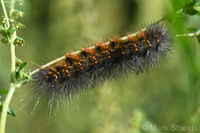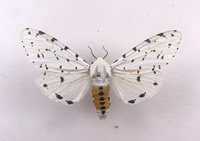 | Recorded by: R. Teper on 2025-05-22
Orange Co.
Comment: | 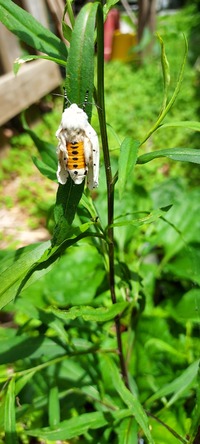 | Recorded by: Charlotte Vetter on 2025-05-18
Randolph Co.
Comment: |
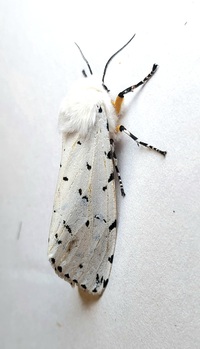 | Recorded by: Mark Basinger on 2025-03-23
Brunswick Co.
Comment: | 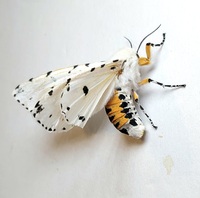 | Recorded by: Mark Basinger on 2025-03-23
Brunswick Co.
Comment: |
 | Recorded by: Mark Basinger on 2024-09-09
Wayne Co.
Comment: |  | Recorded by: Mark Basinger on 2024-09-09
Wayne Co.
Comment: |
 | Recorded by: R. Newman on 2024-07-07
Carteret Co.
Comment: | 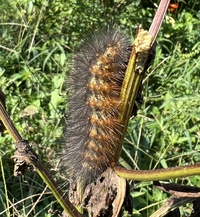 | Recorded by: Stephen Dunn on 2023-09-04
Orange Co.
Comment: |
 | Recorded by: R. Newman on 2023-09-02
Carteret Co.
Comment: | 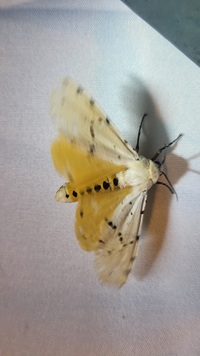 | Recorded by: Andrew W. Jones on 2023-07-25
Polk Co.
Comment: |
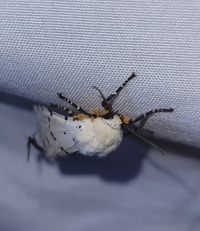 | Recorded by: Andrew W. Jones on 2023-07-25
Polk Co.
Comment: | 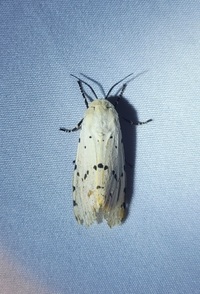 | Recorded by: Andrew W. Jones on 2023-07-25
Polk Co.
Comment: |
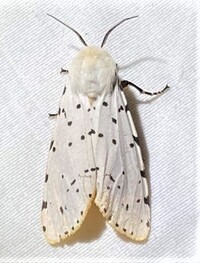 | Recorded by: Dean Furbish on 2023-07-11
Wake Co.
Comment: | 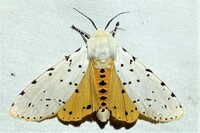 | Recorded by: Dean Furbish on 2023-07-11
Wake Co.
Comment: |
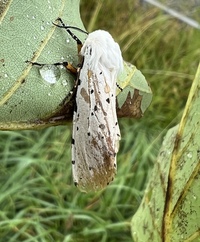 | Recorded by: Stephen Dunn on 2023-06-22
Orange Co.
Comment: | 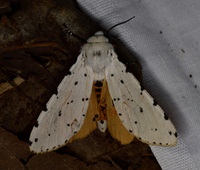 | Recorded by: David George, Stephen Dunn, Jeff Niznik on 2023-06-03
Orange Co.
Comment: |
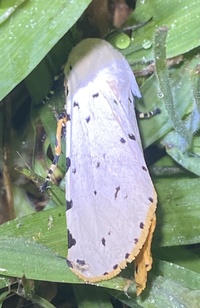 | Recorded by: David George, L. M. Carlson on 2022-07-26
Greene Co.
Comment: | 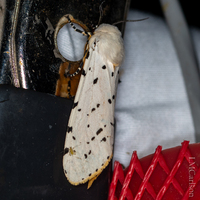 | Recorded by: David George, L. M. Carlson on 2022-07-18
Chowan Co.
Comment: |
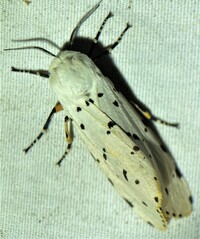 | Recorded by: Dean Furbish on 2022-06-28
Wake Co.
Comment: |  | Recorded by: Dean Furbish and Joy Wiggins on 2022-04-12
Wake Co.
Comment: |
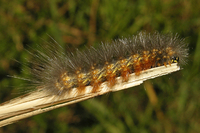 | Recorded by: Owen McConnell & Pat McConnell on 2021-09-25
Durham Co.
Comment: | 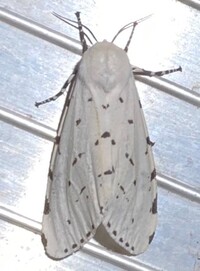 | Recorded by: Dean Furbish on 2021-07-08
Wake Co.
Comment: |
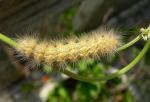 | Recorded by: R. Newman on 2021-05-21
Carteret Co.
Comment: | 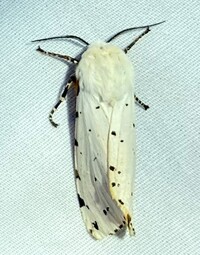 | Recorded by: Dean Furbish on 2021-05-14
Wake Co.
Comment: |
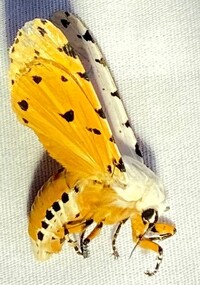 | Recorded by: Dean Furbish on 2021-05-14
Wake Co.
Comment: | 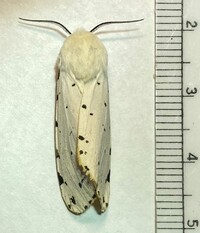 | Recorded by: Dean Furbish on 2021-05-13
Wake Co.
Comment: |
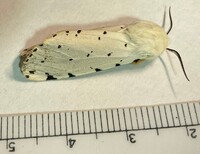 | Recorded by: Dean Furbish on 2021-05-13
Wake Co.
Comment: | 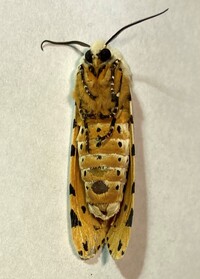 | Recorded by: Dean Furbish on 2021-05-13
Wake Co.
Comment: |
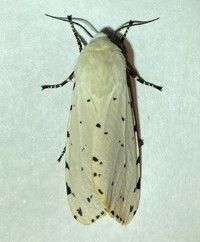 | Recorded by: Dean Furbish on 2021-05-11
Wake Co.
Comment: | 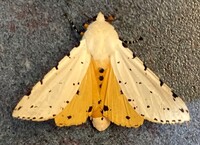 | Recorded by: Dean Furbish on 2021-05-11
Wake Co.
Comment: |
|

 »
»

